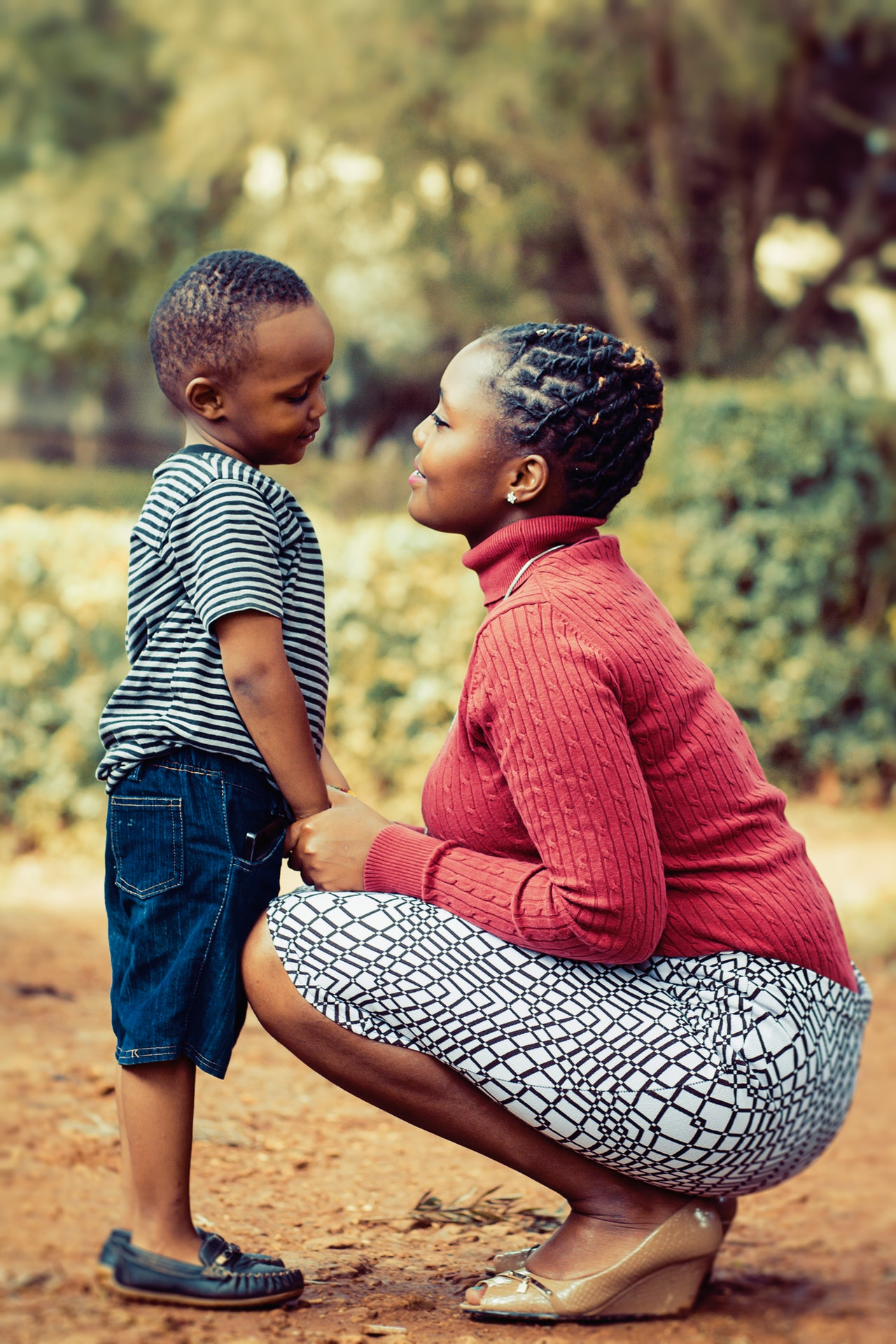A few years ago, I fell on black ice just steps from my back door. I fell so hard that I dislocated my left shoulder and twisted my left leg which made getting off the ground very difficult. What I did not know until I visited the ER, a week later, is that I had broken my fibula, a non-weight bearing bone in the lower leg. I also didn’t know that the break had started a blood clot and that I now needed to have two surgeries! The two surgeries were to break up the clot that ran from my calf all the way to my heart; I consented and was taken to surgery. When I awoke from the second surgery, I had somehow dislocated my shoulder, again, and awoke to intense pain and anger.
As I recounted this whole story to a friend one night at dinner, I told her about the anger I woke up with and as I took a breath to continue, she shared that every day when she gets up, “I choose to feel joy”. Her response shocked me and ironically made me even angrier. What I was painfully reminded of in that moment, was that there are socially acceptable and unacceptable emotions, and anger is an unacceptable one.
The gift of being human is that we have multiple emotions. Some of our feelings come from things that are happening in the world around us like politics and work issues. Some come from what is happening in our personal relationships, both friendly and romantic. And now that we are parents, we have feelings about how our kids are growing, maturing, and learning. We also have feelings about their feelings, especially as they begin to feel the inequalities of life; sadness from someone pushing them, loneliness because someone left them out, or anger because people have been mean to them.
Our feelings are a window into our inner world; they give us information about what is happening within. Unfortunately, bad feelings are uncomfortable for a lot of people so most of us learn to hide the bad feelings. To hide our feelings or talk ourselves into an acceptable feeling is to deny the truth that the feeling is giving us. When we ignore feelings we just put off the inevitable because feelings continue to surface over and over; they just come in different circumstances each time. How then can we begin to identify and stay with our feelings and help our children do the same, even when the feelings are bad feelings?
We can ask questions, which may seem very rudimentary, but it is the easiest way back into our inner world. Let’s use an example from how our children interact. If we see our child hit another child, we can stop and ask, “Why did you hit Emma?” Our children often know why they do the things they do, so your daughter may say, “she took my doll.” We can then ask a follow-up question: “And when she took your doll, how did that make you feel?” We want to connect actions with feelings so that our kids learn that actions come from feelings. When we can identify the feeling, we can find a responsible way to respond and deal with our emotions instead of ignoring them or acting out. Now, if your child says, “I don’t know,” you can ask, “How do you feel right now”: are you happy or are you angry?” Help them to identify the feeling and then ask them, “When you feel hurt or angry, how can you tell us so you don’t have to hit someone?” Helping our kids to talk about their feelings gives them a road map for how to respond to their feelings. The more they use this road map, the easier it is for them to talk about their feelings and know how their feelings impact them. Being able to identify feelings and appropriately express them could potentially save their life.
This was a very simple example of asking questions, but it shows how asking about the feeling not only validates the feeling, but also helps to find ways to act wisely from the feeling instead of unconsciously reacting or hiding. Not including the feelings that come from depression, we know that feelings are temporary; feelings don’t last forever. It’s ok to be mad or sad or disappointed; it’s how you respond to the feeling that will help you heal or stay stuck and possibly feeling even worse. In giving our children and ourselves permission to feel feelings, we change the stigma around having bad feelings.
We live in a time where denying our feelings doesn’t work anymore; paying attention to what we are feeling is the healthiest way to get through the feeling. Teaching our kids how to do the same will give them good emotional tools to withstand the ups and downs that naturally appear in life.
Over the next week, pay attention to the feelings you are having and how you respond to your feelings. If you are already good at noticing the feeling that is coming up, ask yourself if you are denying certain feelings so that you can appear to be calm and collected or if there is a better way to respond? If you find yourself hiding or denying a feeling, allow yourself to express it wisely and see how you feel. It’s a new year and expressing your full truth is a good start to a new year!


